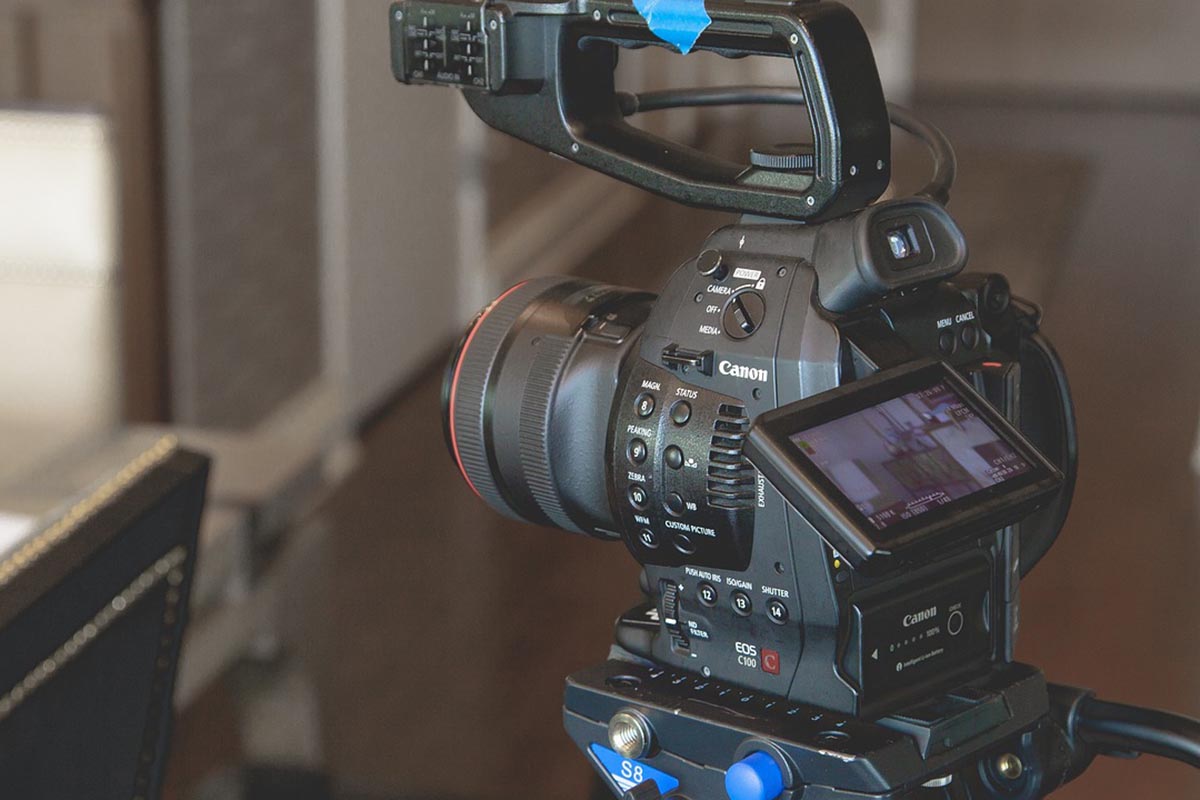Creating a Great Online Show for Business
There are many businesses that are looking to branch out into different types of promotional practices.
So many businesses look at podcasting as a great way to become a far more dynamic and resourceful business.
The big issue here is that many businesses already do podcasts so is it time to go one step further?
Making an online show is a great way to engage your audience, showcase your expertise, and build brand awareness at the same time.
But how do you create an effective online show? Let’s show you some components that are critical to the success of any online show:
Do Not Underestimate the Magnitude of the Task
Many businesses think it’s a good idea to set up a podcast or an online show, and then the comms team will sort it out, but an idea is something that will require so many different steps in order to get to the final product.
The technical components are many, and it’s essential to have a solid tech team on your side to ensure they can help you realize your vision.
If you are hoping to set up something like an interview and conduct it like a live show, this means there’s a lot of preparation hinging on what might be a 20 or 30-minute piece.
There’s a lot of broadcast technology that is essential here such as a broadcast audio monitor to ensure high-quality sound, as well as live editing capabilities and this means having someone direct the entire thing.
The task of setting up any show will involve so much pre-production that you need to give it the attention it needs.
So many businesses make the mistake of thinking that it’s very straightforward to set up something media-related when in fact, there are a lot of moving parts that even the most basic YouTube video will entail.
Choose Your Format
The success of any online show is about making sure that you select the right format.
But in choosing this you must determine the main purpose of the show. Ultimately the underlying goal is to bring more people into the business, but how are you going to do this?
Do you aim to inspire, entertain, educate, or inform? One of the best ways to determine your format and define your purpose is to identify your target audience.
When you are able to understand the right type of person who will watch your content, it becomes easier to tailor something for their attention span and interests.
Younger audiences may not have the same level of attention as middle-aged audiences for example and therefore if you are looking to create some long-form content, but there isn’t a taste for it you could find that you may need to alter your approach.
So many people determine the format first and then recognize that there is a sufficient audience for it.
When coming up with different ideas for formats whether it is an interview, tutorial, Q&A session, or live demo, you’ve got to do your audience research to determine the need for it.
Planning Your Content
You’ve determined the format, and you now need to create an outline for each episode. Some of the key points would consist of:
- Key topics.
- Talking points.
- Sound, visuals, or special effects.
- Guests who can deliver and collaborate.
To give your content the best starting point, you’ve got to do a lot more planning than is necessary.
One of the biggest mistakes many people make when it comes to filming a piece of content is underestimating how long it takes or thinking that the host can carry the show.
It’s important to factor in a number of the human components when interviewing someone, for example, nerves.
You have to remember that there will be a host and an interviewee for the most part, and therefore the dynamics between the two will invariably make or break the show.
You don’t necessarily want the format to be highly scripted either, so coming up with more talking points and ensuring that you can create an impactful show is essential.
The topics may be enlightening but if the people on camera aren’t visually stimulating you may need to bolster this with additional images or B-roll footage.
It’s important to make sure that the content adds value, and therefore, overpreparing is absolutely pivotal.
Scheduling Your Content
An online show can only appeal to its audience with the right level of consistency.
You want to get to the point where people are anticipating the next episode, and therefore having your show uploaded onto your chosen platform at the same time, depending on its frequency, will help to build that consistency.
Many podcasts are weekly. One of the more popular health podcasts right now is the Huberman Lab, which is uploaded at the same time every Monday, regardless of public holidays.
While you may not be able to have a weekly episode, you can opt for something of less frequency, perhaps every two weeks or every month.
But you need to stick to the schedule because this will help you to build an audience. It also gives you a deadline to work towards.
Picking the Right Platform
So many of us think that we just need to choose the right platform, and this will instantly spur engagement.
But there are so many different ways to do this. In addition to YouTube, you may want to look at platforms like LinkedIn.
This might be ideal if you are looking to provide a highly specialized piece of content. LinkedIn Live is a fantastic way to ascertain just how much engagement your business has.
Broadcasting live video content is viscerally exciting because there’s a lot that can go wrong.
Ensuring that we have an understanding of the right platform based on our audience will make a massive impact.
Alternatively, you could host it on your own website. Hosting content on your own website but also with the view of showing it on a variety of other platforms is a simple approach to ensure that you are firstly in control of your brand.
But additionally, when you start to host content on your website, it is a very handy place for all other supplementary information.
You could use it as a way to highlight other parts of your business or services you offer.
Engaging with Your Audience
Hosting a live show is an amazing way to see how engaged your audience really is. During the show, you can encourage audience interaction.
Lots of shows are pre-recorded and while these can still have high engagement, you have to remember that viewers will connect more with the content if you provide some form of interaction.
If you plan on pre-recording your show you might want to consider having a team that will read all of the YouTube comments.
Or if you are doing a live show, you can integrate a Q&A section to ensure that people are having their needs met.
That real-time engagement with your audience makes the show more interactive and exciting, but it also will give you a greater insight into what your audience really wants.
This means over time, you can slowly deliver based on your audience preferences.
Promoting It
While you can promote your event on social media or on appropriate platforms, you can also promote the show after it is done.
One of the best ways many people promote their shows is to use highlights or shorter clips from the episodes to share on social media.
YouTube shorts are very good at this because it provides quality, meaning you can trim the fat from the episode and you can improve engagement.
Many YouTube shorts are subtitled so people don’t have to put the sound on. You can then incorporate this into your overall promotional strategy, but it also entices a wider audience and can inspire them to watch full episodes.
Make Time for Analysis
There are so many different metrics to measure, from engagement to feedback and viewership.
Ensure that you can refine your content each and every time so you can improve and tailor everything to the right people. This is why reading the YouTube comments is very useful.
So many people talk about avoiding YouTube comments, but there are many people who are willing to be constructive rather than just keyboard warriors.
We should always learn how to refine our business, and when we are setting up any form of online show, we’ve got to evaluate if what we’re doing is right constantly.
Making your business into a profitable venture has a lot to do with your marketing tactics.
So many organizations look at creating content to increase engagement, but what we must remember is when we find the right format that showcases our brand, having something like a show does not just need to be supplementary marketing material, but, over time, it can be the defining part of your business and your brand.





















